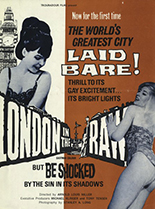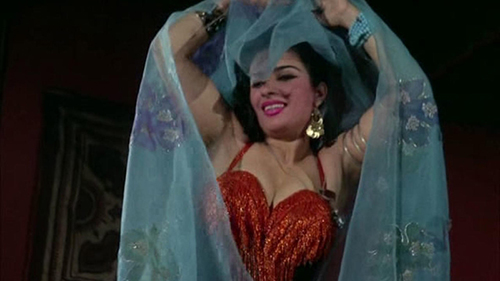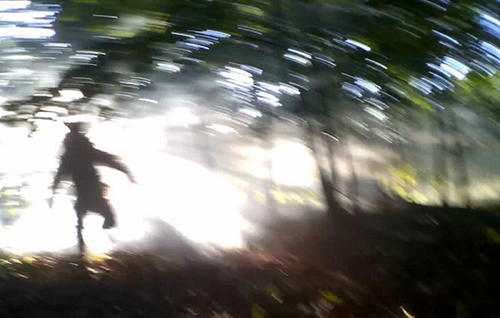
 As brave and unsettling as Evan Peters is in the title role of Dahmer — Monster: The Jeffrey Dahmer Story, that Netflix series won’t likely stick with me the way 2012’s The Jeffrey Dahmer Files has for a decade.
As brave and unsettling as Evan Peters is in the title role of Dahmer — Monster: The Jeffrey Dahmer Story, that Netflix series won’t likely stick with me the way 2012’s The Jeffrey Dahmer Files has for a decade.
The documentary is built largely on interviews with three people tied directly to the notorious, 17-time serial killer: apartment neighbor Pamela Bass, medical examiner Dr. Jeffrey Jentzen and aggressively mustachioed police detective Pat Kennedy. Each grabs your attention and holds it with his or her recollections, but given this most unusual case, that’s expected.
The wild card is the other half of the movie, in which pieces of Dahmer’s ho-hum life — trips to buy bleach, to acquire a barrel for acid, to solicit a trick — are depicted via re-enactments, with co-writer Andrew Swant portraying Dahmer. He does so without any hint of playing a monster; not once does he appear unhinged or go over the top, yet somehow, Swant’s performance rings super sinister.
Similarly, Chris James Thompson (We Are Not Ghouls) directs with a clinical detachment, which I mean as a compliment. His decision not to show any acts of violence is genius — not for reasons of prudishness, but because he relies on viewers’ minds to fill in the blanks. You imagine what’s going on behind that closed door, what’s in that suitcase, and whatever your brain whips up is more chilling than Thompson could fake.
Even if you already know the story, it sounds all the more terrifying when told from the mouths of those who close to the case. Produced in part by American Movie’s Chris Smith (look for that doc’s subject, Mark Borchardt, in the optical-shop scene), this film will haunt you. —Rod Lott

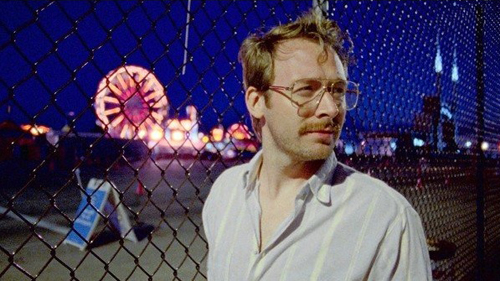
 On May 19, 1984, Michael Larson changed game shows forever, earning the largest single-day take by a contestant: $110,237. He did it on CBS’
On May 19, 1984, Michael Larson changed game shows forever, earning the largest single-day take by a contestant: $110,237. He did it on CBS’ 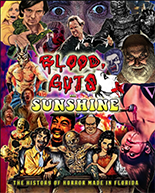 In shooting second-unit underwater footage three time zones to the east of Universal Pictures’ home,
In shooting second-unit underwater footage three time zones to the east of Universal Pictures’ home, 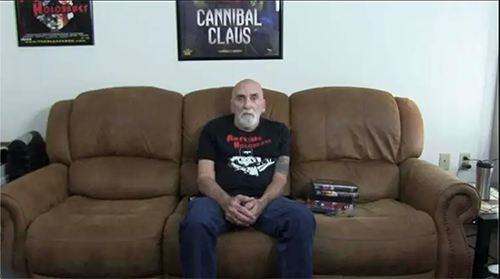
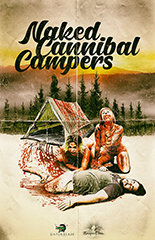 Most of the doc is devoted to those who followed in Ritter’s footsteps to carry on the Florida horror scene as it stands today, many of them wearing their very best tees and button-down Spider-Man shirts for the interviews. In general, Gustavo Perez’s bargain werewolf epic Light of Blood aside, their efforts look less like fun watches and more like exercises in misery and misogyny.
Most of the doc is devoted to those who followed in Ritter’s footsteps to carry on the Florida horror scene as it stands today, many of them wearing their very best tees and button-down Spider-Man shirts for the interviews. In general, Gustavo Perez’s bargain werewolf epic Light of Blood aside, their efforts look less like fun watches and more like exercises in misery and misogyny.